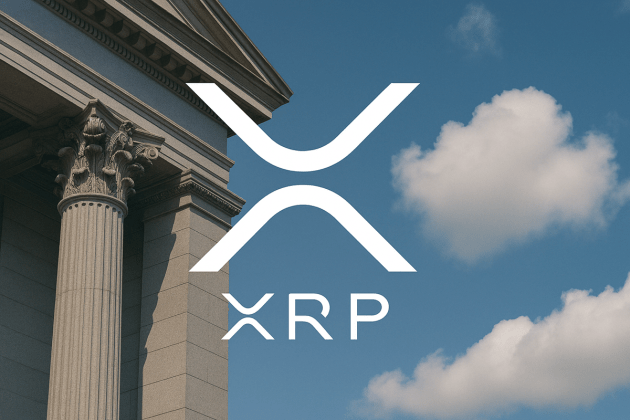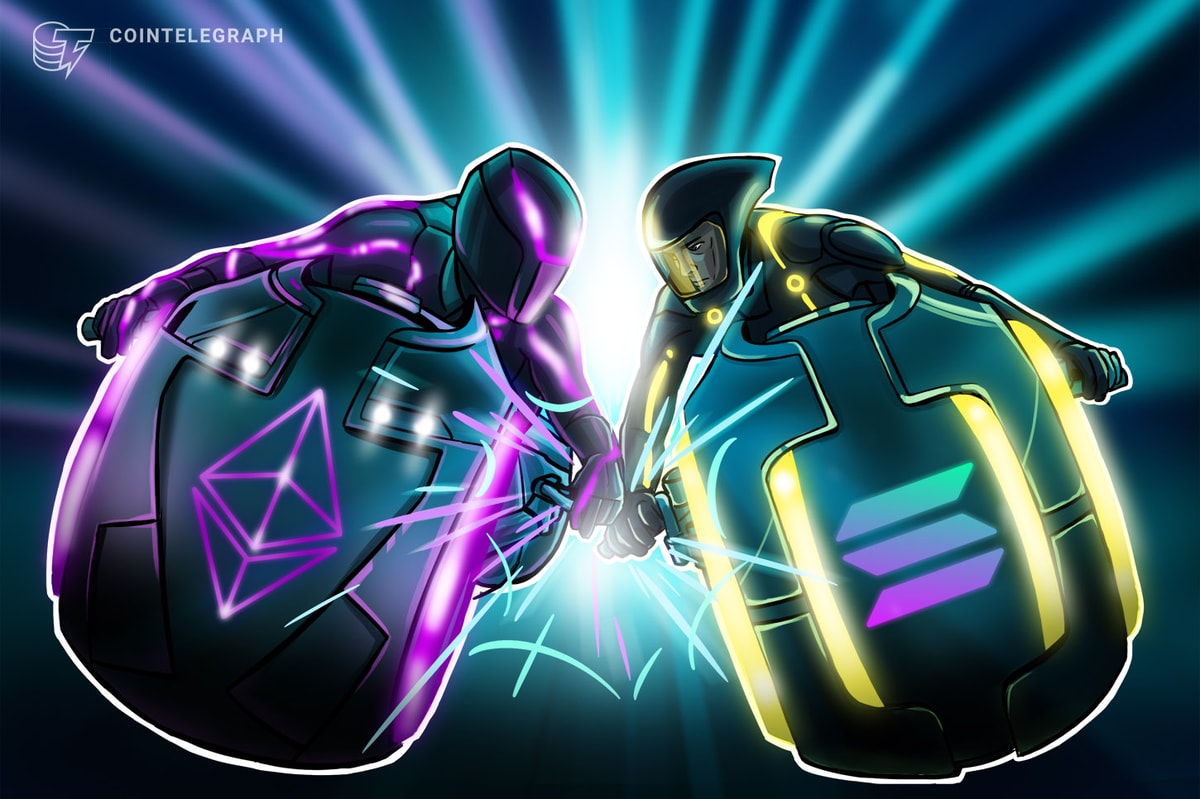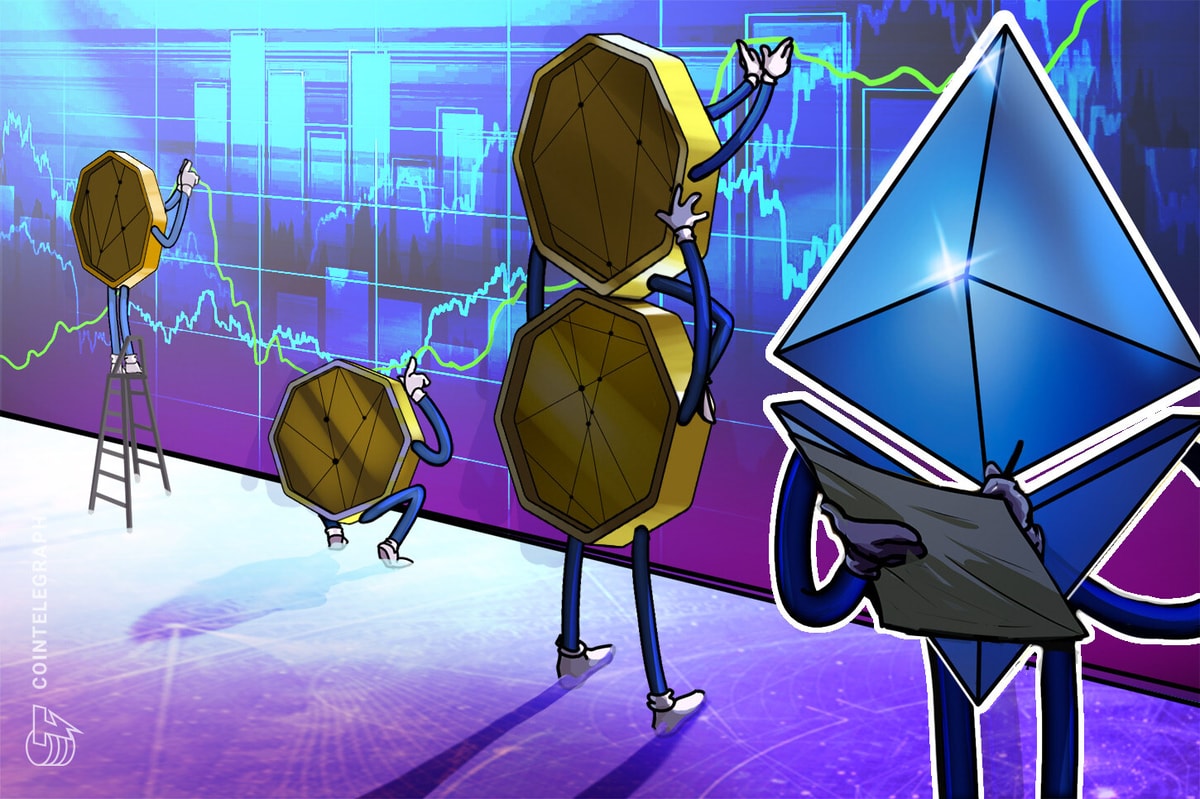Modular blockchains, driven by key layers like data availability (DA), are revolutionizing the space. Abandoning monolithic constraints, this paradigm enables the mixing of specialized modules for tailored, scalable solutions while catalyzing innovation through unmatched flexibility.
Understanding the DA layer
The DA layer is gaining significant attention in the market as its utility expands beyond just layer-2 solutions and rollups into areas like artificial intelligence (AI), gaming and other industries that require high transaction throughput.
There is room for different DA layer projects to work alongside each other, each offering its unique advantages. These advantages range from improved liquidity to increased sovereignty, data sampling, data persistence, integration, etc. With multiple compatible DA layer solutions, developers can select the one that aligns with their specific requirements.
DA is here to stay
While Celestia has played a pivotal role in demonstrating the potential of DA layers, the emergence of alternative solutions is a natural progression as the technology continues to evolve. As these innovative DA layers gain traction, ensuring resilience becomes an important consideration for developers. To address this, projects like Celestia have garnered substantial market capitalization for their native tokens like TIA, while others like Avail are integrating solutions such as Avail Fusion to bolster security.
As the field of DA continues to evolve, the future holds the possibility of transforming DA into a readily available commodity through the comprehensive integration rollups-as-a-service (RaaS). Should DA indeed transition into a commoditized offering, the distinct characteristics and advantages inherent to each AltDA will emerge as the critical differentiating factors that shape their competitive positions within the market landscape.
In this competitive landscape, innovative incentive mechanisms like proof-of-liquidity (PoL) play a crucial role. PoL incentivizes liquidity providers not just through profit but also by granting them governance power, thus aligning their interests with the network’s health and growth.
Unlocking proof of liquidity
A new model should incorporate historical learnings and leverage proof-of-liquidity for Sybil resistance and community engagement.
The Berachain model exemplifies this approach:
- The BGT token enables staking without holding for fees.
- Inflation rewards are distributed via BGT tokens, preventing BERA token dilution.
- Unlike Ethereum DApps, Berachain DApps incentivize PoL engagement for sustainability.
PoL can significantly enhance DA's liquidity and security. By incentivizing liquidity providers through governance power and aligning their interests with the network’s success, PoL offers a sustainable and scalable solution.
DA x proof of liquidity
Ensuring sufficient liquidity and security remains a crucial challenge for blockchain networks as they continue to evolve and scale. One promising solution that addresses these intertwined issues is the combination of DA layers with PoL mechanisms.
DA layers help offload data availability from the main execution layer, improving scalability. Meanwhile, PoL allows users to stake their LP tokens, enhancing the overall liquidity and staked value that secures the network.
By accepting LPing to a pool of your choice and engaging in PoL in exchange for blobspace of DA rather than solely the native token, this approach intrinsically improves the liquidity of those secondary tokens while decoupling the network’s security from dependence on any single asset.
This flexible composability of DA layers, fee abstraction and PoL-based incentives mitigates the risks inherent in relying solely on a project’s native token for liquidity and security. It diversifies the assets contributing to the security and sustainability of the network.
Conclusion
As the DA ecosystem continues to evolve and commoditize, unique mechanisms like PoL will play a crucial role in differentiating and enhancing the value proposition of AltDA, ensuring its competitiveness and sustainability in a rapidly growing market.
Initiatives like a proof-of-liquidity model and DA Fee Abstraction represent promising solutions to these challenges, enabling a more robust and sustainable modular ecosystem. By fostering token liquidity and enhancing security, these innovations pave the way for a future where data-packed, globally accessible Web3 experiences become a reality.
Yu Kimura (Co-founder/CEO&CTO) famous developer with deep ties to the developer and blockchain ecosystem in Japan. Serial programmer since the age of 14. Cosmos sdk contributor and expert. Cosmos Japan leader and educator. Accomplished white hat hacker, previously rescuing $5,000,000 in stolen user funds. PHD Candidate (INFO) at Kyoto University.











